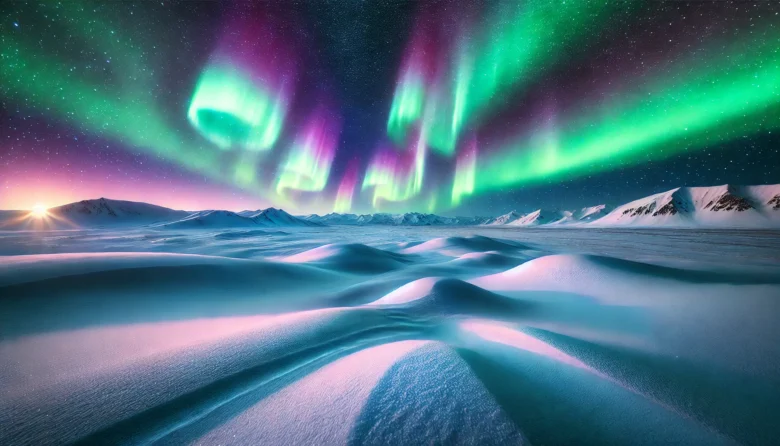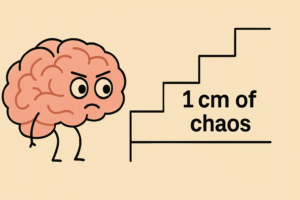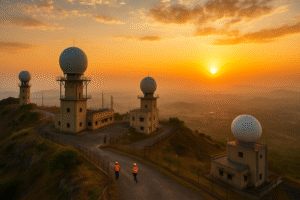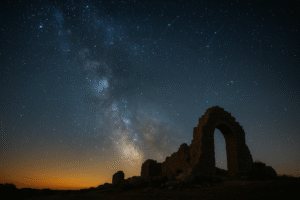The night sky has always held a certain magic, but nothing quite compares to the breathtaking dance of colours known as the auroras. Whether you’re gazing at the Aurora Borealis in the northern hemisphere or the Aurora Australis in the south, these natural light shows captivate our imagination. But what exactly causes these mesmerizing displays? In this blog, we’ll explore the science behind Aurora Borealis and Aurora Australis, unravelling the mysteries of these celestial phenomena.
Introduction
Picture yourself beneath a sky illuminated with vivid greens, pinks, and purples, swirling in patterns that seem almost unearthly. This is the Aurora Borealis, also known as the Northern Lights. Its southern counterpart, the Aurora Australis or Southern Lights, is just as breathtaking but is less frequently observed due to its remote locations. These natural light shows are beautiful and steeped in fascinating science. This blog will explore the science behind Aurora Borealis and Aurora Australis, revealing how these natural light shows occur and why they are so enchanting.
What Are Auroras?
Auroras are natural light phenomena occurring in polar regions, with the Aurora Borealis visible in the northern hemisphere and the Aurora Australis in the southern hemisphere. These displays result from intricate interactions between solar wind (streams of charged particles emitted by the sun) and Earth’s magnetic field. When these charged particles collide with gases in Earth’s atmosphere, they produce the spectacular light displays we see as auroras.
But what exactly happens during these collisions? To understand that, we need to examine the science of magnetism and solar winds a bit more closely.
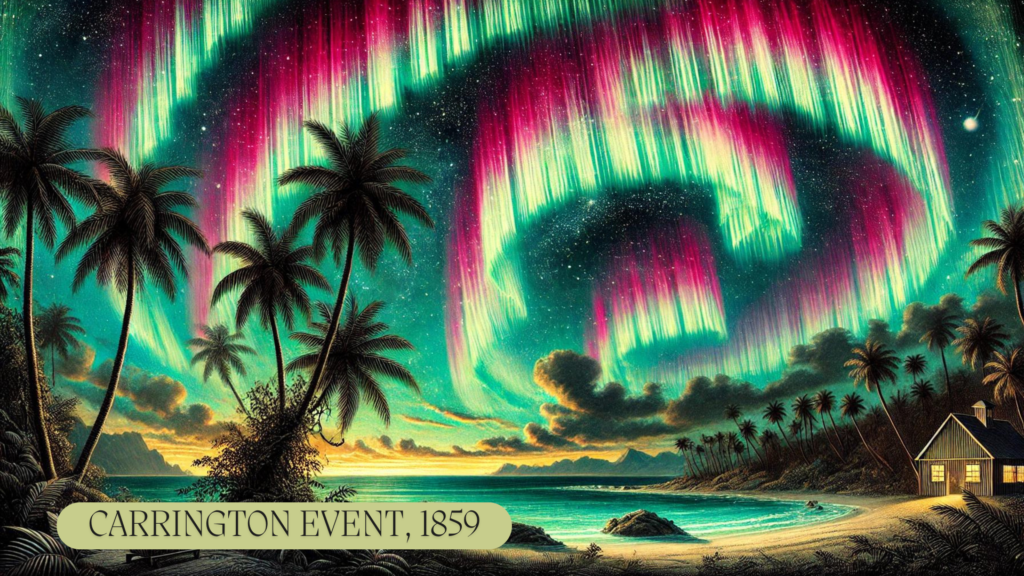
The Sun’s Influence: Solar Wind and Solar Flares
The sun constantly releases streams of charged particles, primarily electrons and protons, known as solar wind. These particles travel through space at speeds of up to 800 kilometres per second (about 500 miles per second). Occasionally, the sun experiences solar flares—sudden bursts of energy that release even more charged particles into space.
When these charged particles reach Earth, they interact with the planet’s magnetic field. Earth’s magnetic field is most intense at the poles, so auroras are typically visible only in polar regions. As these particles collide with the Earth’s magnetic field, they are funnelled towards the poles, interacting with the atmosphere’s gases.
How Do Auroras Form?
When charged particles from the solar wind collide with atoms and molecules in Earth’s atmosphere, they energize these atoms, exciting them to higher energy states. When the atoms return to their normal states, they release this energy through light. This process is known as ionization and is responsible for the brilliant colours of the auroras.
The specific colours we see depend on the type of gas involved in the collisions. Oxygen molecules, for example, produce green and red light, while nitrogen can create blue and purple hues. The altitude at which these collisions occur also affects the colours of the auroras. For instance, green auroras typically occur at altitudes of around 100 kilometres (about 62 miles). In contrast, red auroras are seen at higher altitudes.
Aurora Borealis vs. Aurora Australis: Similarities and Differences
While both Aurora Borealis and Aurora Australis are caused by the same fundamental processes, there are some differences between the two. Aurora Borealis is more widely known and observed because it occurs in more populated regions like Scandinavia, Canada, and Alaska. In contrast, Aurora Australis occurs over the southern polar regions, often visible only from Antarctica, southern Australia, or New Zealand.
Another difference lies in the intensity and frequency of these phenomena. Aurora Borealis is often stronger and more frequent, partly due to the larger landmasses in the northern hemisphere that provide more opportunities for observation. However, both auroras are equally mesmerizing and offer a similar palette of colours and patterns.
The Science of Auroras: Case Studies and Real-Life Examples
One of the most famous auroral displays occurred in 1859, known as the Carrington Event. This massive solar storm resulted in auroras being visible as far south as the Caribbean. The event also caused widespread telegraph system disruption, illustrating solar activity’s potential impact on human technology.
More recently, scientists have used satellites and ground-based observatories to study auroras in greater detail. For instance, NASA’s THEMIS mission has provided valuable insights into the processes that trigger auroral displays. These investigations have provided scientists with a better understanding of the interplay between solar wind, the Earth’s magnetic field, and the atmosphere.
Auroras and Their Impact on Technology
While auroras are beautiful, they remind us of the sun’s power and potential impact on our technology. During intense solar storms, the influx of charged particles can disrupt satellite communications, GPS systems, and even power grids. Understanding the science behind auroras is not just about appreciating their beauty but also about preparing for and mitigating the effects of solar storms on our modern world.
For example, during the Halloween Storms of 2003, a series of solar storms caused auroras to be visible as far south as Texas. However, these storms also disrupted satellite operations and caused power outages in North America and Europe. Such events highlight the importance of monitoring solar activity and understanding the potential risks of intense auroral displays.
Cultural Significance and Myths Surrounding Auroras
Auroras have fascinated humanity for centuries, inspiring a rich array of myths and stories. In Norse mythology, the Aurora Borealis was believed to be the shimmering armour of the Valkyries, the warrior maidens who chose those who would die in battle. In Finland, the lights were thought to be caused by a magical fox running through the snow, its tail sweeping up sparks into the sky—hence the Finnish name for the phenomenon, “revontulet,” meaning “fox fires.”
In the southern hemisphere, indigenous Australian cultures also have their own interpretations of the Aurora Australis. Some Aboriginal communities believed that the lights were their ancestors’ spirits dancing in the sky. These cultural interpretations add an additional layer of intrigue to the scientific comprehension of auroras, emphasizing the deep connection between humanity and the natural world.
Conclusion
The Aurora Borealis and Aurora Australis are more than just breathtaking light shows; they are windows into the powerful and dynamic relationship between the Earth and the sun. From the charged particles that create the auroras to the cultural myths they inspire, these phenomena are a testament to the beauty and complexity of our universe. As we continue our study of auroras, we not only gain a greater understanding of the science behind them but also an increased appreciation for the powerful forces at work in our universe.
Whether you’re lucky enough to witness the Northern or Southern Lights in person or marvel at them from afar, the science behind auroras reminds us of the wonders in the night sky. So, the next time you find yourself under a dark, clear sky, look up—you might glimpse one of nature’s most spectacular displays.
Author’s Note
Exploring the science behind auroras has always fascinated me. These natural light displays remind us of the complex connections between Earth and the cosmos. I hope this blog has piqued your curiosity and encouraged you to explore more about the wonders of our universe. If you ever have the chance to witness an aurora in person, take it—it’s an experience you’ll never forget!
G.C., Ecosociosphere contributor.

